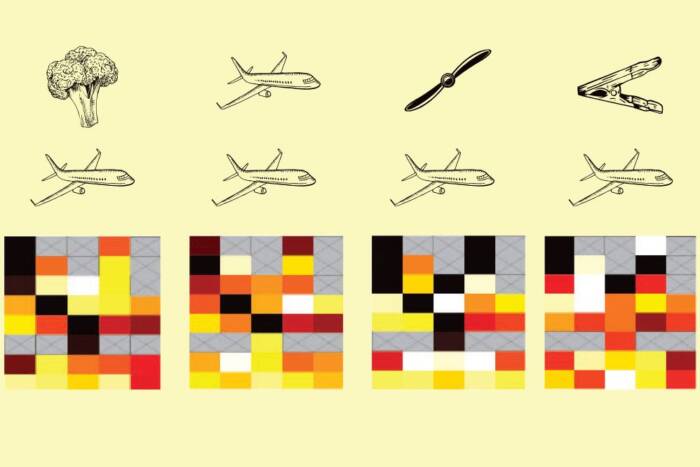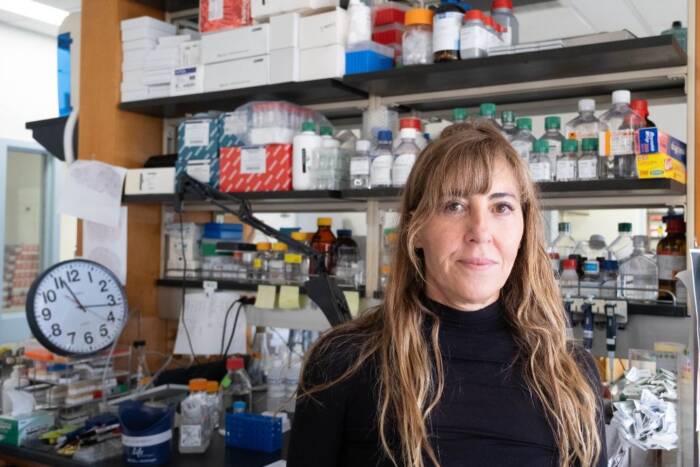Enzyme structure reveals how DNA is opened up for transcription
DNA is a molecular manual that contains instructions for building life. And, like any manual, DNA isn’t all that useful if it remains unopened and unread. In order to transcribe DNA, the enzyme RNA polymerase, or RNAP, must pry open its two strands, a process known as “melting” or “unwinding.” In a recent study(opens in new window), Rockefeller scientists elucidated key features of RNAP, shedding light on how DNA’s gene-filled folios are read.
In the study, published in Nature, Elizabeth A. Campbell, Seth A. Darst, Hande Boyaci and their colleagues used cryo-electron microscopy to analyze the structure of RNAP in the process of melting DNA. They found that two distinct features of the enzyme—called fork-loop 2 and switch 2—are crucial regulators of this process: these components must change their positions in order for DNA to complete melting and be transcribed.
Though the researchers studied this phenomenon in bacteria, Campbell notes that fork-loop 2 and switch 2 are common to all domains of life, suggesting broad implications for their findings. “These two motifs are universally conserved, and we now know that they’re involved with separating the two strands of DNA,” she says. “So we think we’ve unlocked a universal mechanism of how DNA unwinds.”




